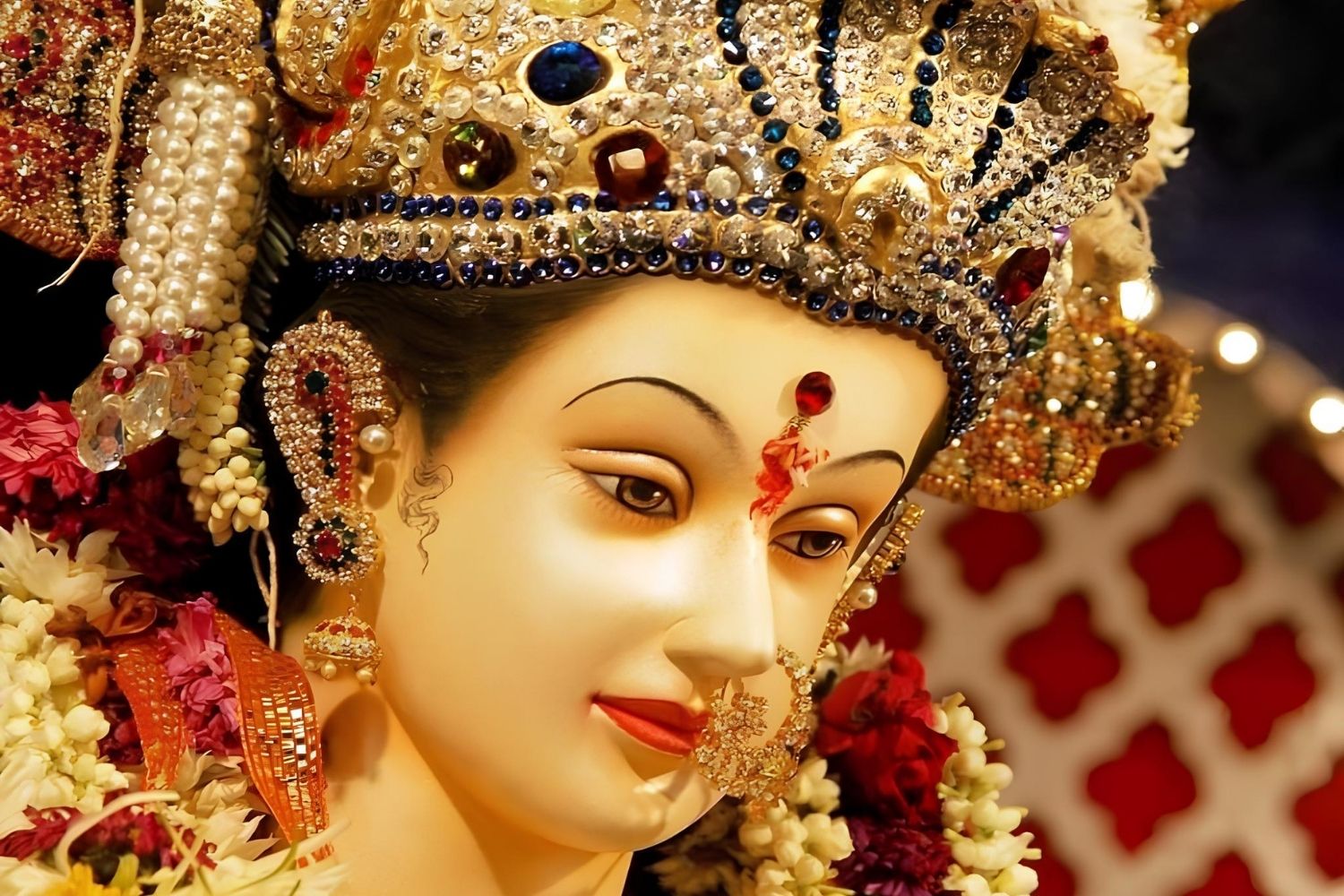
What are Shakti Peethas? Shakti Peethas are sacred sites dedicated to the goddess Shakti, the divine feminine energy in Hinduism. These holy places are scattered across the Indian subcontinent and hold immense spiritual significance. According to legend, they mark the spots where parts of Sati's body fell when Lord Shiva carried her lifeless form. There are 51 Shakti Peethas, each with its unique history, rituals, and deities. Pilgrims visit these sites seeking blessings, spiritual growth, and a deeper connection with the divine. Whether you're a devout follower or just curious, exploring the Shakti Peethas offers a fascinating glimpse into ancient traditions and beliefs.
Key Takeaways:
- Shakti Peethas are sacred sites dedicated to the goddess Shakti, with 51 locations across India. They hold immense spiritual significance and are believed to be powerful energy centers for seeking blessings and spiritual growth.
- These vibrant centers of cultural and religious festivities are known for their mystical legends, architectural marvels, and unique rituals. They attract devotees from far and wide to celebrate the goddess Shakti and seek spiritual enlightenment.
What are Shakti Peethas?
Shakti Peethas are sacred sites dedicated to the goddess Shakti, the divine feminine energy. These holy places are scattered across the Indian subcontinent and hold immense spiritual significance.
- There are 51 Shakti Peethas in total, each representing a body part of the goddess Sati, who is an incarnation of Shakti.
- The legend of Shakti Peethas originates from the story of Sati's self-immolation and Lord Shiva's grief-stricken dance, which caused her body parts to fall on Earth.
- These sites are considered powerful places of worship where devotees seek blessings, spiritual growth, and liberation.
Locations of Shakti Peethas
Shakti Peethas are spread across various regions, each with its unique history and cultural significance.
- Kamakhya Temple in Assam is one of the most revered Shakti Peethas, believed to be where Sati's womb and genitals fell.
- Kalighat Temple in Kolkata, West Bengal, marks the spot where Sati's toes fell.
- Vaishno Devi in Jammu and Kashmir is another prominent Shakti Peetha, attracting millions of pilgrims annually.
- Jwala Ji Temple in Himachal Pradesh is famous for its eternal flame, symbolizing the goddess's tongue.
- Kanyakumari Temple in Tamil Nadu is where Sati's spine is said to have fallen.
Significance of Shakti Peethas
These sacred sites hold deep spiritual and cultural importance for devotees and scholars alike.
- Shakti Peethas are believed to be powerful energy centers where the divine feminine energy is most potent.
- Pilgrims visit these sites to seek blessings, perform rituals, and attain spiritual enlightenment.
- Each Shakti Peetha has its unique rituals, festivals, and traditions, reflecting the diverse cultural heritage of India.
- The temples often feature intricate architecture, sculptures, and artwork depicting various aspects of the goddess Shakti.
Festivals and Celebrations
Shakti Peethas are vibrant centers of cultural and religious festivities, drawing devotees from far and wide.
- Navratri, a nine-night festival dedicated to the goddess, is celebrated with great fervor at Shakti Peethas.
- Durga Puja, particularly grand in West Bengal, sees elaborate rituals and processions at these sacred sites.
- During the annual Ambubachi Mela at Kamakhya Temple, devotees gather to celebrate the goddess's fertility and power.
- The Chaitra Navratri festival at Vaishno Devi attracts thousands of pilgrims who undertake a challenging trek to the temple.
Mystical Legends and Stories
Shakti Peethas are steeped in mythology and folklore, adding to their allure and mystique.
- According to legend, the goddess Sati's body parts fell at various locations, creating the Shakti Peethas.
- Each site is associated with a specific body part, symbolizing different aspects of the goddess's power and energy.
- The temples often have unique legends and stories, passed down through generations, that add to their spiritual significance.
- Many Shakti Peethas are believed to have miraculous healing powers, attracting devotees seeking cures for ailments.
Architectural Marvels
The temples at Shakti Peethas are not only spiritual centers but also architectural masterpieces.
- The Kamakhya Temple features a unique blend of Hindu and Buddhist architectural styles, with intricate carvings and sculptures.
- Kalighat Temple's distinctive architecture includes a spire and a large courtyard for devotees to gather.
- Vaishno Devi Temple is built within a cave, adding to its mystique and allure.
- Jwala Ji Temple's architecture is designed to accommodate the eternal flame, with a silver dome and intricate carvings.
- Kanyakumari Temple's coastal location and Dravidian architectural style make it a stunning sight to behold.
The Significance of Shakti Peeths
Shakti Peeths hold a special place in Hindu mythology and culture. These sacred sites, scattered across the Indian subcontinent, are believed to be the spots where parts of Goddess Sati's body fell. Each Shakti Peeth has its own unique story and significance, attracting millions of devotees and tourists every year.
Visiting these holy places offers not just spiritual solace but also a glimpse into India's rich history and architectural marvels. From the Kamakhya Temple in Assam to the Kalighat Temple in Kolkata, each site has its own charm and mystique.
Whether you're a devout follower or just curious about Hindu traditions, exploring Shakti Peeths can be a deeply enriching experience. They serve as a testament to the enduring power of faith and the cultural tapestry of India. So, next time you plan a trip, consider adding a Shakti Peeth to your itinerary.
Frequently Asked Questions
Was this page helpful?
Our commitment to delivering trustworthy and engaging content is at the heart of what we do. Each fact on our site is contributed by real users like you, bringing a wealth of diverse insights and information. To ensure the highest standards of accuracy and reliability, our dedicated editors meticulously review each submission. This process guarantees that the facts we share are not only fascinating but also credible. Trust in our commitment to quality and authenticity as you explore and learn with us.
